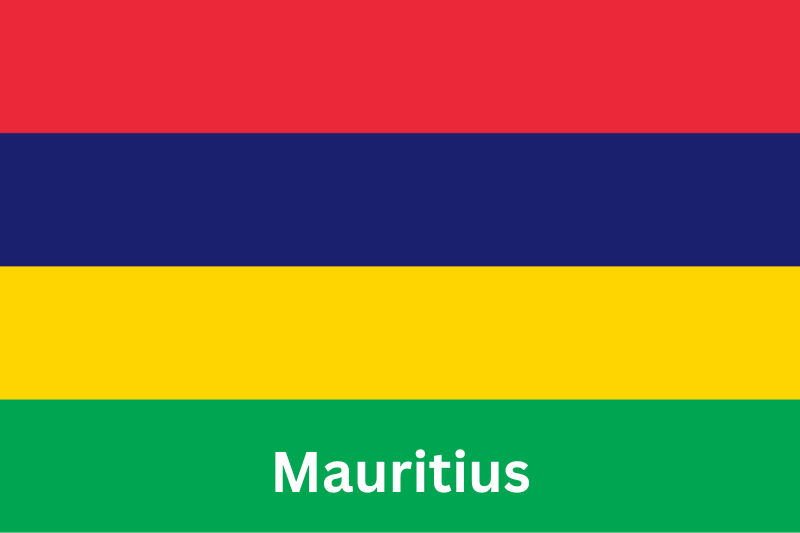
Latest Newspapers And Magazines From Mauritius Complete List And Links
Leading newspapers and magazines from Mauritius
- L’Express is daily newspaper from Port Louis, Mauritius established in 1963 which cover local and international news, politics, economy, culture and sports.
- Le Mauricien is daily newspaper from Port Louis, Mauritius established in 1908 which cover politics, business, culture, sports and national events.
- Mauritius Times is a weekly newspaper from Port Louis, Mauritius established on 14 August 1954 which covers politics, economics, social issues and cultural affairs.
- 5 Plus Dimanche is a weekly newspaper from Baie du Tombeau, Mauritius established in 1990 which covers human interest, celebrity news, lifestyle and national events.
- Le Dimanche/L’Hebdo is a weekly newspaper from Port Louis, Mauritius established in 2001 which covers current affairs, analysis, lifestyle and leisure.
- Inside news is a daily online newspaper from Port Louis, Mauritius established in 2014 which covers breaking news, politics, economy and community stories.
- ION News is a daily online newspaper from Port Louis, Mauritius established in 2015 which covers local news, regional affairs and in-depth reports.
- News Moris is a daily online newspaper from Port Louis, Mauritius established in 2017 which covers local news, social issues and opinion pieces.
- Business Mega is a weekly online newspaper from Port Louis, Mauritius established in 1997 which covers business news, finance, markets and entrepreneurship.
- L’Eco Austral is a monthly magazine from Port Louis, Mauritius established in 1994 which cover business, regional economics and trade.
- Essentielle is a monthly magazine from Port Louis, Mauritius established in 2010 which cover fashion, beauty and culture.
- Homes Magazine is bimonthly magazine from Port Louis, Mauritius established in 2011 which covers real estate, interior design and architecture.
Browse more Mauritius newspapers and magazines
Explore Politics, Culture, Geography & Traditions About Mauritius
Mauritius is a vibrant island republic characterized by a stable parliamentary democracy, a richly diverse cultural tapestry, and a distinctive volcanic landscape tempered by a mild tropical climate. Politically, it has maintained regular, peaceful transfers of power within a Westminster‐style system since independence, underpinned by strong institutions and high ranks in regional democracy indices. Culturally, its identity reflects the harmonious coexistence of Indo-Mauritian, Creole, Sino-Mauritian, and Franco-Mauritian communities, whose traditions converge in language, festivals, cuisine, and architecture. Geographically, the island’s backbone is a central plateau ringed by rugged mountains, surrounded by coral reefs and white-sand beaches; its climate is maritime subtropical with warm, humid summers and cooler, dry winters, punctuated by occasional cyclones.
Political Overview
Mauritius operates as a parliamentary democracy modeled on the Westminster system, with a president as ceremonial head of state and a prime minister who wields executive power alongside a Council of Ministers. The unicameral National Assembly comprises directly elected members from 21 constituencies plus “best loser” seats to ensure ethnic representation, and elections are held every five years. Civil liberties and political rights are generally upheld Mauritius ranks among Africa’s freest countries though criticisms persist regarding political dynasties, occasional corruption, and slow electoral reforms.
Cultural Heritage and Identity
The population of roughly 1.3 million combines Indo-Mauritian (primarily Hindu), Creole (African-descended Christians), Sino-Mauritian (Buddhists and Christians), and Franco-Mauritian communities, each contributing to a rich mosaic of languages (English, French, Mauritian Creole), religions, and customs. UNESCO World Heritage Sites such as Aapravasi Ghat and the Le Morne Cultural Landscape commemorate the island’s history of indentured labor and maroon resistance, underscoring themes of migration, freedom, and human resilience. Local legends like the maroons’ leap from Le Morne Brabant and the Touni Minwi phenomenon alongside vibrant festivals (Diwali, Chinese New Year, Eid) and Creole Sega music, further animate Mauritius’s distinctive cultural narrative.
Geographical Landscape and Climate
Mauritius, of volcanic origin, spans about 720 sq mi with a central plateau rising to nearly 1,900 ft, bordered by three mountain ranges and surrounded by a coral reef–protected lagoon. Its environment transitions from lowland coastal plains to upland forests, with only about 20 % of native forest remaining, largely in Black River Gorges National Park. The climate is maritime subtropical: a warm, humid summer from November to April (mean 24.7 °C) and a cooler, dry winter from June to September (mean 20.4 °C), with annual rainfall of 900–1,500 mm and occasional cyclones (e.g., Hollanda 1994, Dina 2002).
